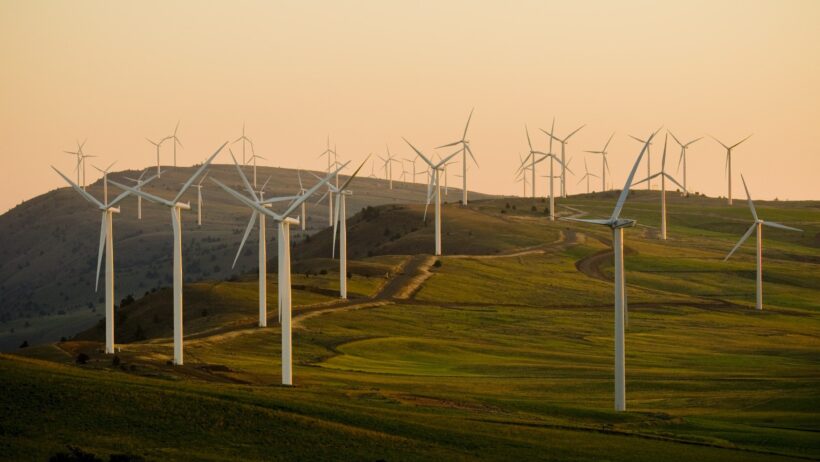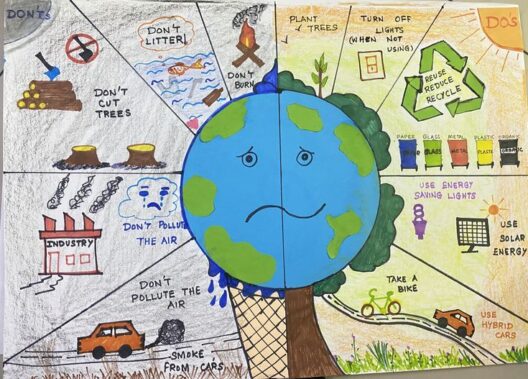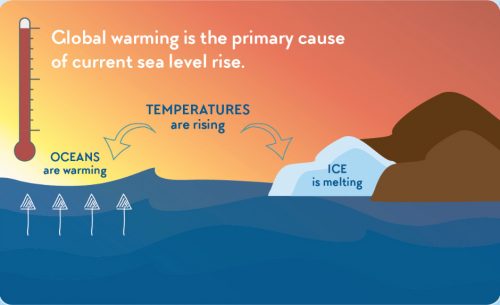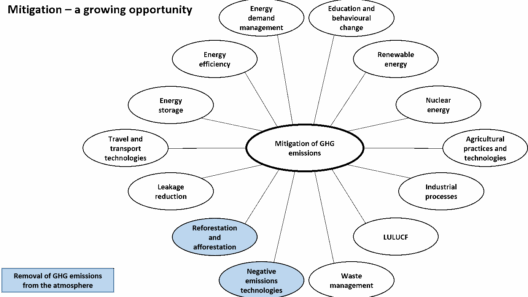As the urgency of climate change escalates, the metaphor of a “climate clock” serves as a poignant reminder of the limited time humanity has to avert catastrophic consequences. What will happen if the climate clock runs out? To explore this pressing question, we must first understand the implications of our current trajectory—one that leads to increasingly severe environmental degradation and societal upheaval.
The concept of the climate clock is not merely a symbolic representation; it embodies a set of existential challenges that could redefine life on Earth as we know it. If the clock continues to tick toward oblivion, the ramifications will be both immediate and profound.
The first indication of running out of time is the acceleration of extreme weather events. Droughts will become more frequent and intense, leading to water scarcity that affects agriculture, drinking supplies, and economic stability. Floods, hurricanes, and wildfires will devastate landscapes and communities alike. These phenomena are not isolated incidents; they are interlinked elements within a larger system of climate chaos. As temperatures rise, so too does the incidence of energy-wasting weather, resulting in greater economic costs to society.
Economically, the consequences will be stark. The cost of climate-related disasters could reach trillions of dollars annually by mid-century, as insurance companies balk at covering unprecedented losses. This financial strain will disproportionately impact low-income communities and developing nations, deepening existing inequalities. Resources will become increasingly scarce, igniting conflicts over water, food, and land. When the climate clock strikes zero, we risk not merely the collapse of ecosystems but also the unraveling of social fabrics.
Furthermore, biodiversity will plummet, with species extinction rates accelerating at an alarming pace. Habitats that once flourished will no longer be viable, depriving future generations of the intricate web of life that sustains our planet. When animal species disappear, the ecological balance is disrupted, leading to unforeseen consequences for human survival. The loss of pollinators, for instance, could critically undermine food supplies. The interconnectedness of these systems underscores the dire stakes at play.
Should we fail to heed the warnings signaled by the climate clock, we may face a cascading series of events that could culminate in widespread societal disorientation. Migration will surge as entire populations seek refuge from increasingly uninhabitable regions. Climate refugees will flood into urban areas, straining infrastructure and resources. As communities grow divided and tensions rise, the social contract that binds societies together could unravel. In this context, the question of national security emerges, as geopolitical tensions surrounding resource management take center stage.
While the potential outcomes are daunting, this scenario also offers a compelling call to action. Rather than succumbing to despair, we can harness this urgency to foster a profound cultural shift. It is an opportunity to reframe our understanding of climate change—not merely as a looming crisis but as a rallying point for innovation and cooperation. Embracing renewable energy sources, promoting sustainable practices, and prioritizing conservation initiatives are not just laudable goals; they are essential strategies for reversing the perilous course ahead.
Continued dependency on fossil fuels is the linchpin of our dilemma. However, transitioning to cleaner energy options such as solar, wind, and hydroelectric power represents a powerful antidote. Investment in green technology can lead to job creation, economic revitalization, and, most importantly, a clearer path toward sustainability. The narrative of environmental degradation morphs into one of potential renewal, where energy independence fosters community resilience.
Education emerges as another vital pivot point. Engaging the public about the science of climate change helps demystify the issue. Schools, local organizations, and media platforms can play an instrumental role in dissemination. By galvanizing public interest and creating forums for discussion, we can nurture a sense of collective responsibility. When communities understand the implications and significance of their choices—whether it’s reducing waste, supporting local companies, or advocating for policy changes—they become empowered agents of change.
On an individual level, lifestyle alterations, though seemingly minor, aggregate into monumental impacts when adopted en masse. Simple actions like reducing meat consumption, minimizing single-use plastics, and opting for public transport contribute to a more sustainable existence. Each small change embodies a defiance against the ticking clock, showcasing humanity’s capacity for innovation and resilience.
Moreover, the role of legislation cannot be overstated. Policymakers must prioritize climate action, setting ambitious targets for greenhouse gas emissions reductions. Engaging with stakeholders from diverse sectors, including industry, academia, and local communities, fosters a collaborative approach that ensures equitable, effective policy-making. From carbon pricing to conservation mandates, sustainable legislation can catalyze the transformation we urgently need.
If the climate clock runs out, the world we leave behind will be marked by turmoil and strife. Yet, there remains an immense potential for a different narrative—one that transcends fear and embraces hope. The urgency posed by our failing ecosystems can galvanize a unified front, inspiring collective action that reverberates through generations. The choice is ours: to remain passive as time slips away, or to respond with the vigor and commitment needed to avert disaster and forge a sustainable future. In this critical hour, we must heed the clarion call of the climate clock and recognize that each tick represents not merely a countdown but an opportunity for renewal and regeneration on our precious planet.







